Evaluating Organizational Structure
- The organizational structure of a company is the pattern according to which the company executives control and coordinate the affairs of the company on a daily basis.
- The organizational structure is influenced by the objectives of the company and tailored by its marketing strategy (Berkowitz & Wolff, 1999).
The ideal organizational structure would require less stress for its smooth transition from one business year to another. McDonalds Burger King is a company that produces fast food around the world. Their control and management of production and sale are influenced by the organizational structure of the company.
The case of McDonalds Burger would be used to analyse the term. MacDonald’s Burgers supplies junk food globally and the chain of supply would be consistent if the company would have a competitive advantage (FAO Corporate Document Repository , 2003).

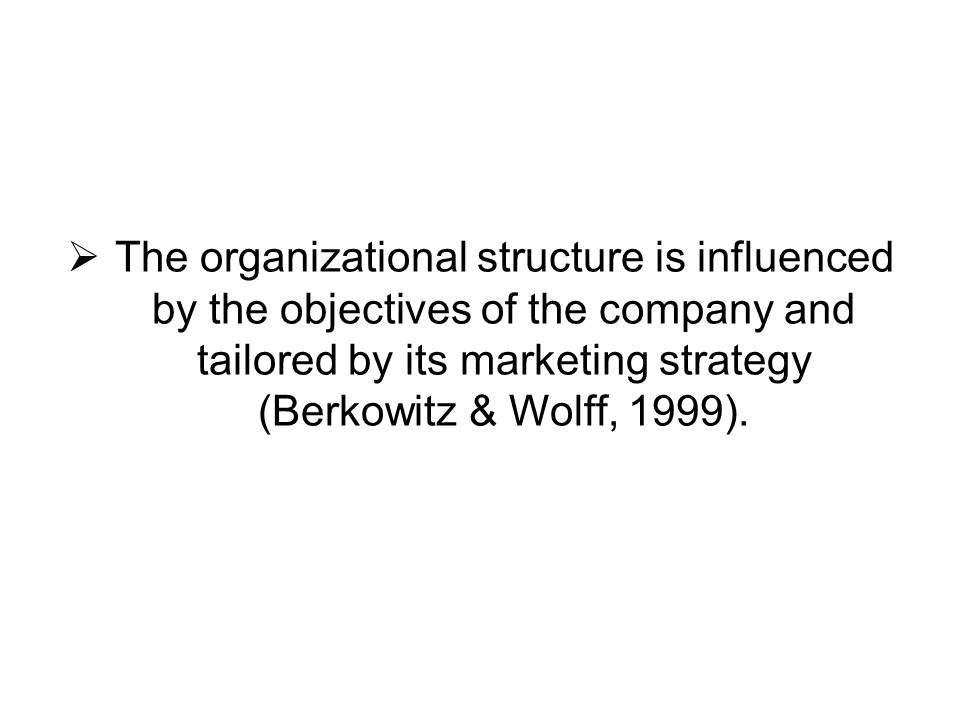
McDonald’s Organizational Structure
McDonald’s Burger utilizes a central strategic plan that operates on a geographic organizational structure. Thus, the operations of the company are centralized and similar in different regions.
However, implementing strategic decisions could be risky. For example the market survey in China requires that junk food should be served with plenty meat while this is different in the United State. By implication, the production department would be tailored according to the business strategy in a particular region.
The control of information, job description and responsibilities, communication between different departments and the smooth operations of the company are products of a good organizational structure (Unterman & Davis, 1984).
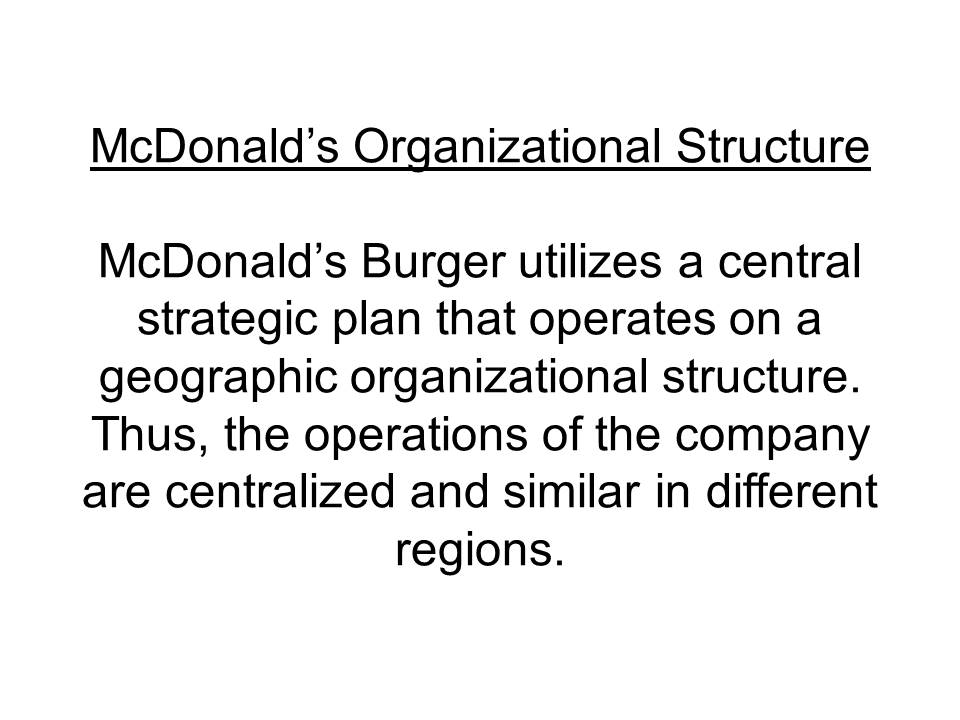

Features of an Ideal Organizational Structure
- Control: It is a structured hierarchy that controls all the decisions and policy change of the company
- Organizational culture: This consists of regulations and rules that bind the company. This rule regulates the operations of the employees in the company.
- Job description and responsibilities: This aspect consists of the responsibilities of each employee and the division of labour for each department. The workforce could be temporal or permanent, full-time or part time. Division of labour influences the success of the organization.
Job description and responsibilities can be subdivided into four categories. They include:
- Policy maker: These groups of individuals decide on the working conditions of the business and fashion out an alternative method of marketing through quality research.
- Transformation point: The individuals in this job division transform the policy to market strategy.
- Integration process: The job description of the group of individuals consists of integrating the policy and the market strategy of the company.
- Support personnel: They render support to the entire workforce that drives the organizational mechanism.
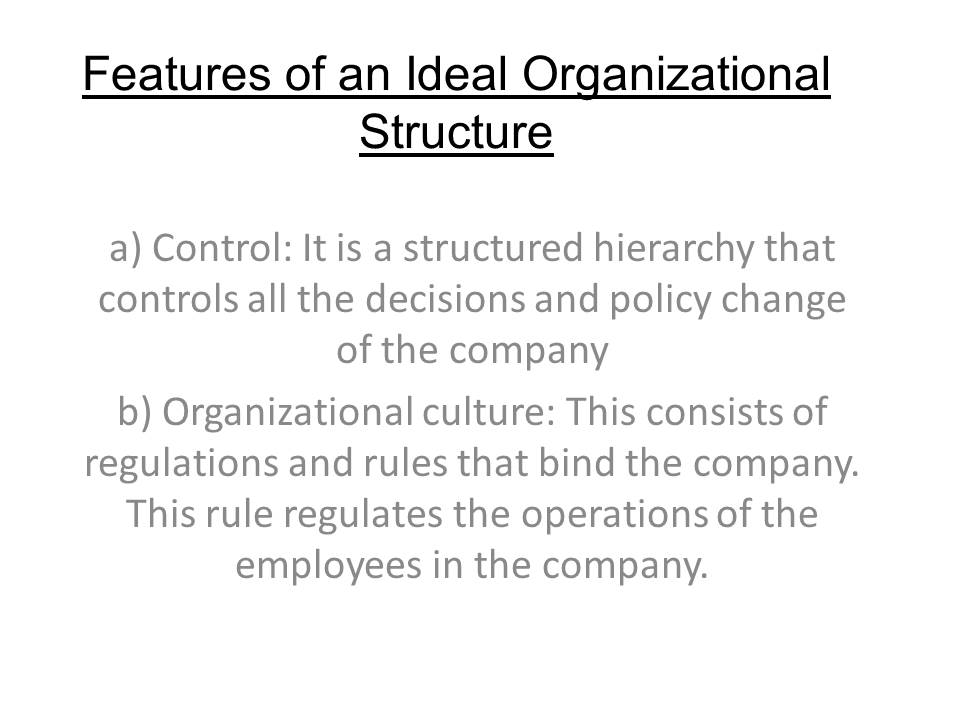
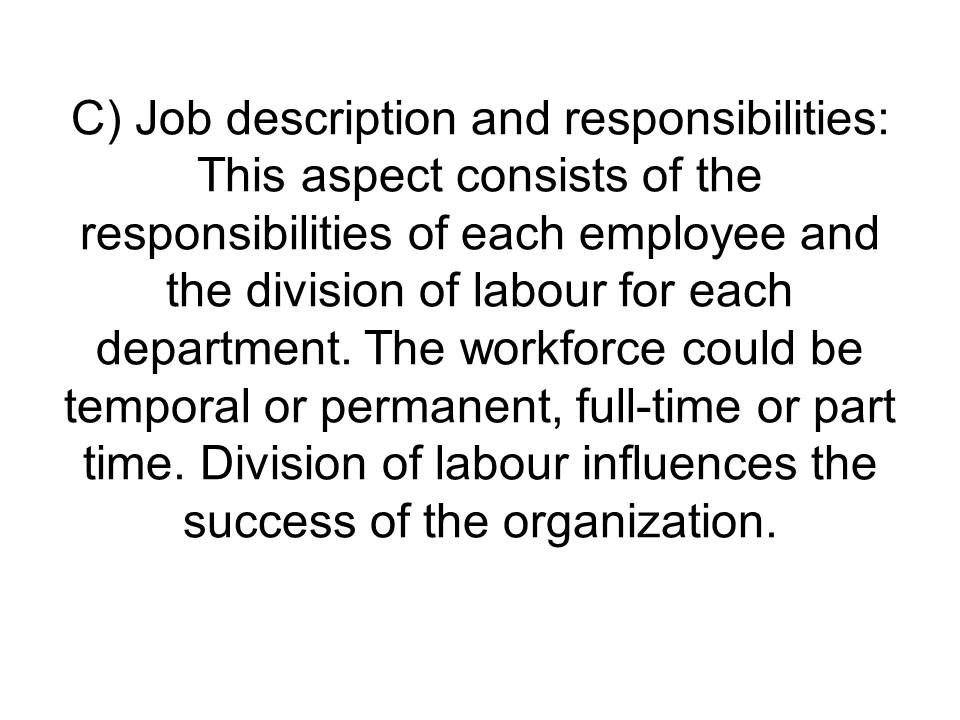
Features of productive organizational structure
The common features of different organizational structure include organizational change. This is the process whereby the company changes plan and strategy over time in order to meet the desired objective.
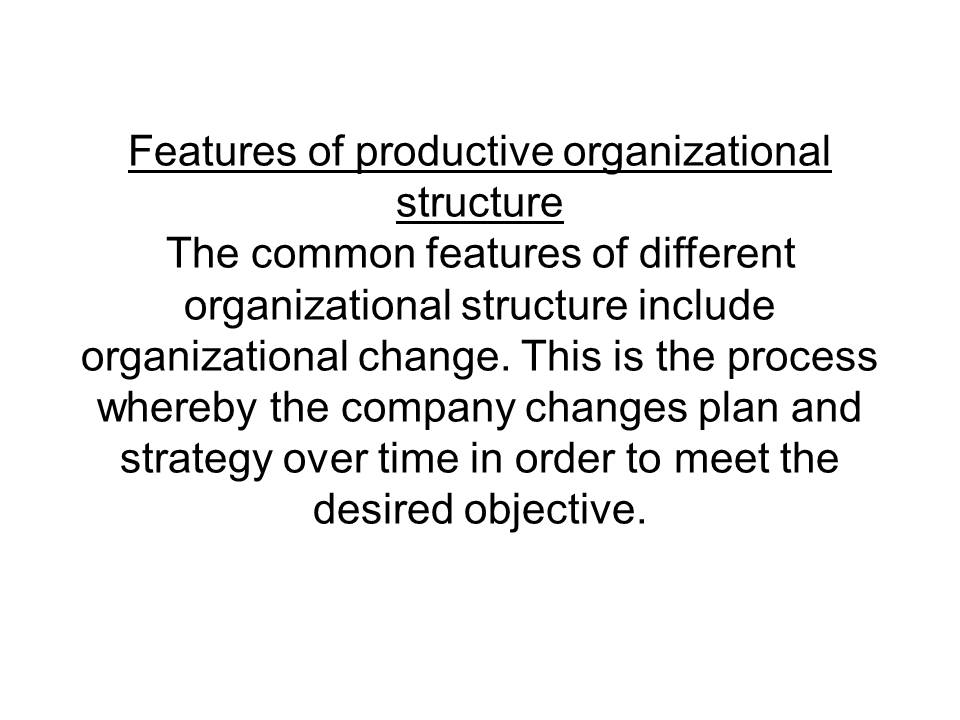
Characteristics of organizational change
- Adapt to the market trends.
- The change can be constant or routine.

Weakness of Organizational structure
Lack of business idea contributes to an obstacle in implementing an organizational structure.
The size of the workforce influences the implementation of the structure. When the workforce of the organization is small, the expansion process would be limited.
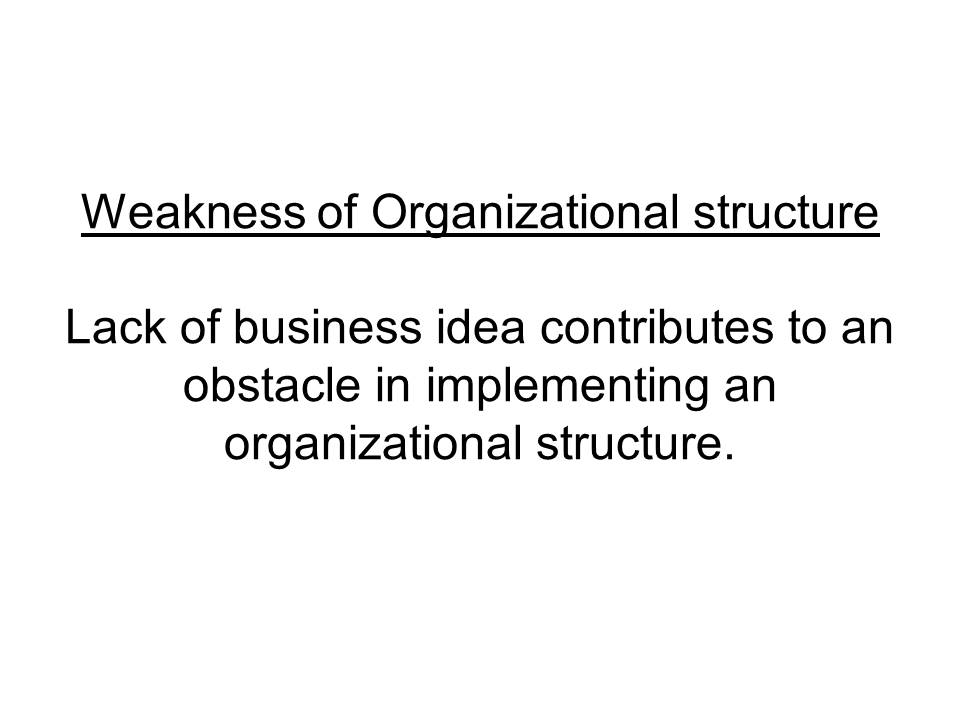
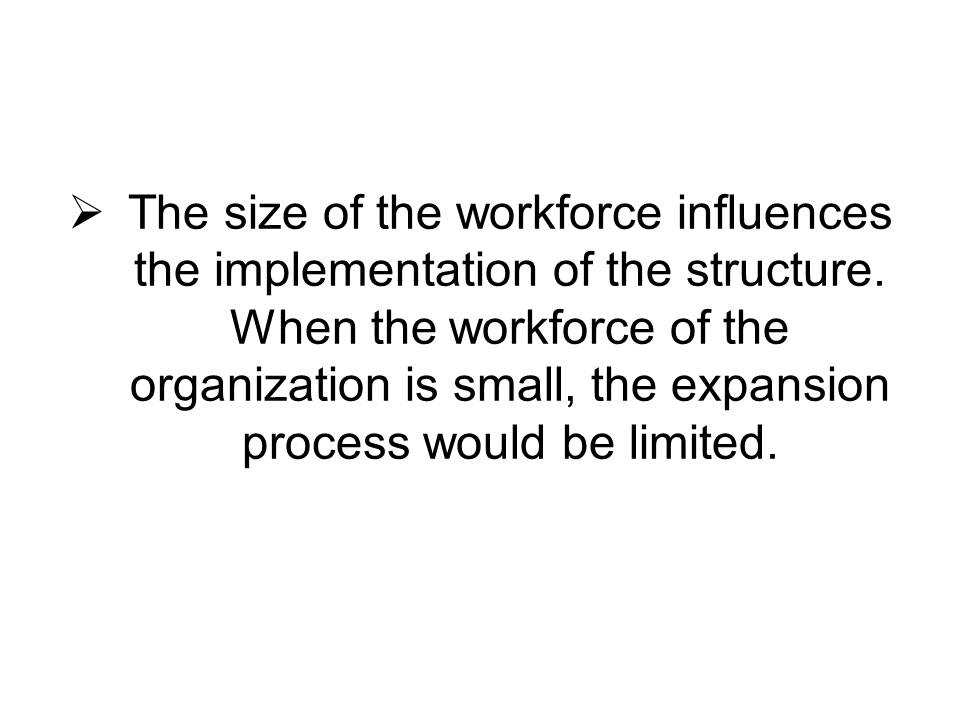
References
Berkowitz, W. R, & Wolff, T. J. (1999). The spirit of coalition building. Washington, D.C.: American Public Health Association.
FAO Corporate Document Repository (2003).Management of agricultural research: A training manual. Web.
Unterman, I. & Davis, R. H. (1984). Strategic management of not-for-profit organizations: From survival to success. New York, NY: Praeger.